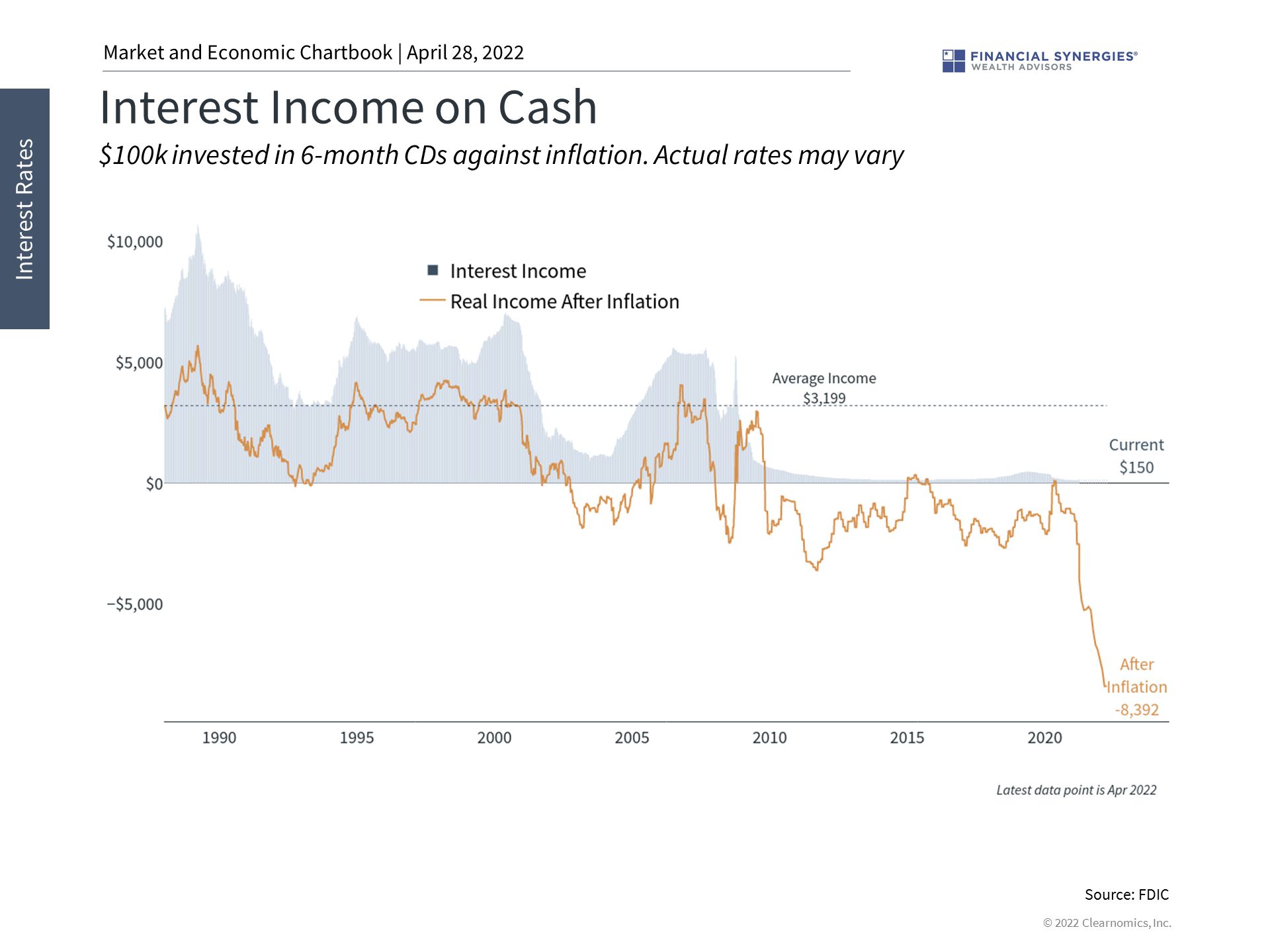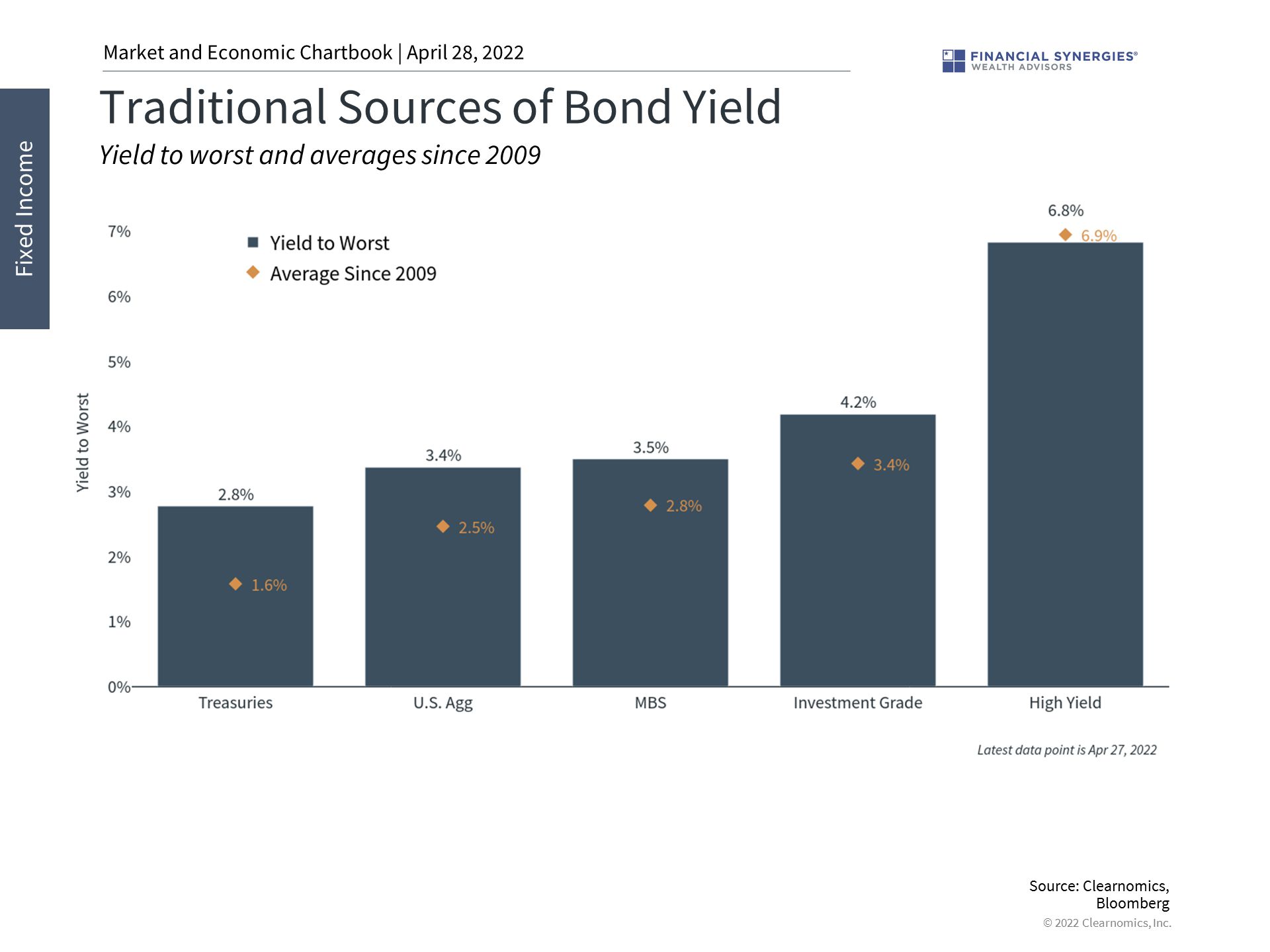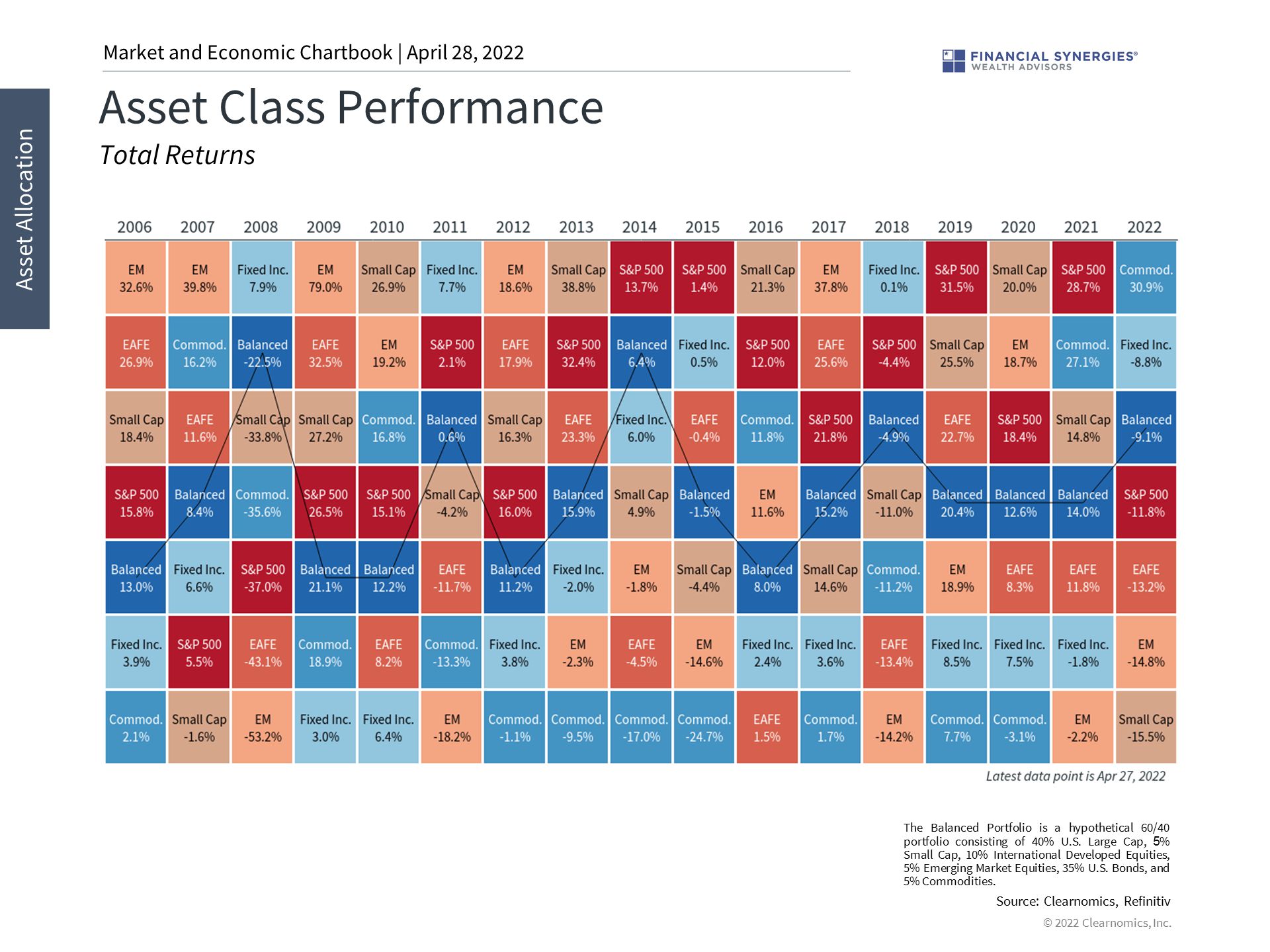[ad_1]

With the uncertainty and market swings of the past few years, it’s certainly understandable that some investors would seek the safety of cash. On the surface, holding cash means not having to cope with the ups and downs of the stock market due to the pandemic, inflation, global conflicts, rising interest rates, the Fed, and more.
However, this is only true over the shortest of timespans. Over months, years and decades, the value of cash is quietly eroded by inflation, and the missed opportunities of not being properly invested can add up.
This is why managing behavior and emotions is just as important as managing portfolios. Doing so helps us stay on track to achieve our financial goals, while helping us to sleep well at night too.
There are three main problems with sitting on cash today. First, high inflation – the worst in four decades – is rapidly eroding the value of cash, especially when it sits in a regular checking or savings account.
By not earning a sufficient level of interest or generating a return, the purchasing power of one’s hard-earned money falls each year. According to the Consumer Price Index, energy costs have increased more than 25% over the past year, food prices nearly 8%, the cost of shelter 4.7%, medical care services 2.4%, and so on. Even as inflation rates settle down, this corrosive effect will no doubt continue.
This is the hidden cost when investors seek the safety of cash. The balance on a bank statement may feel safe since it is stable, unlike the fluctuating value in an investment account. However, what matters isn’t the dollar amount of cash but what it can purchase. Inflation means that the same number of dollars buys fewer goods and services each year, even when the number remains the same. Thus, portfolio growth is needed to keep an investor’s purchasing power at par, let alone to create real wealth.
The second problem is that cash and savings accounts still generate little to no income, even with medium and long-term interest rates rising. As of March, the national rate for a 12-month CD was still only 0.14%. In other words, locking up $1,000 of cash for 12-months would only yield $1.40 when inflation would have eroded its spending power by $80, based on the Consumer Price Index. In this example, the real inflation-adjusted rate is what matters.
Additionally, Treasuries with the shortest maturities still yield very little relative to long-term rates, and it will take time for savings accounts and Certificates of Deposit (CDs) to catch up. The 3-month Treasury yield has risen to 0.7% but this is still well below its peak of 2.45% in 2019.
The picture is very different for other parts of the bond market. The yields on Treasuries, mortgage-backed securities, and corporate bonds are now above their historical averages. Investment grade bonds, for instance, now generate 3.9% per year compared to their average of 3.4% since 2009, and 2.2% one year ago.
Third, for those saving and investing to achieve financial goals, shifting a portfolio to cash may provide short-term comfort but will most likely jeopardize long-term gains. Finding the right balance between resisting the urge to react to short-term news, while taking advantage of the long-run growth of the market, is the biggest challenge all investors face.
For professional money managers, cash is simply another asset class with particular characteristics that can be combined with stocks, bonds, alternatives, and more. The right mix that takes advantage of all asset classes can achieve a much better balance of risk and reward. This is the preferred way to manage portfolios while improving investor confidence and avoiding the urge to time the market.
Ultimately, cash is an important part of any portfolio if used appropriately and in moderation. Having the discipline to save enough cash in the first place is the first step toward financial freedom. Investing that cash in the right portfolio is what grows savings into real wealth. Below are three charts that put the value of cash in perspective.
1. While cash is attractive when markets are scary, its value quietly erodes over time
Interest Income on Cash
Many investors are drawn to cash when markets are volatile. However, the challenge with cash is that it doesn’t protect against inflation. Even savings account and CD rates are still at historic lows despite rising interest rates.
2. Rising bond yields make savings accounts less attractive
Traditional Sources of Bond Yield
In contrast to savings accounts, bond yields for government and corporate issues are rising. In many cases, these yields are above their historic averages.
3. Diversified portfolios have performed well over time
Asset Class Performance
It’s hard not to think of cash as the ultimate safety net, especially when it seems like everything else is losing money. But, this downturn is temporary. To be sure, cash is an absolute necessity for emergency funds, living expenses, etc. But think of cash as another component of a larger, diversified portfolio. Long-term, not only does this protect us on the downside, but it helps to generate long-run growth.
Source: Clearnomics
[ad_2]
Source links Google News

